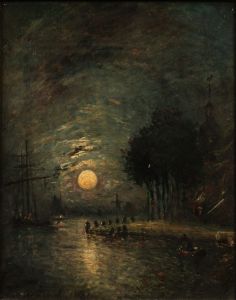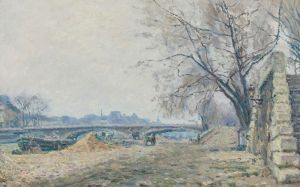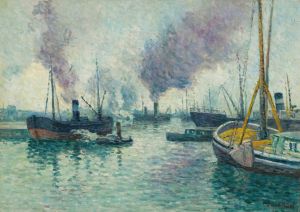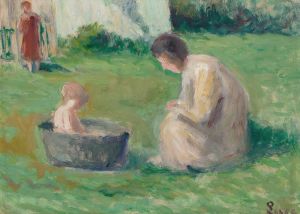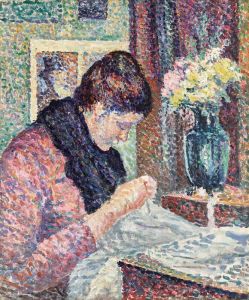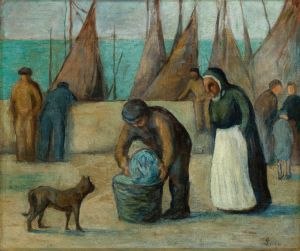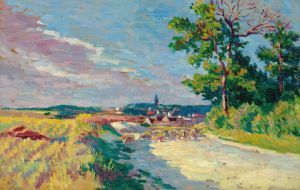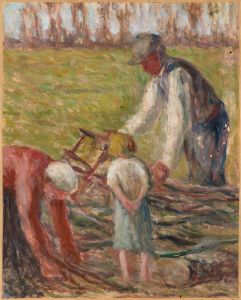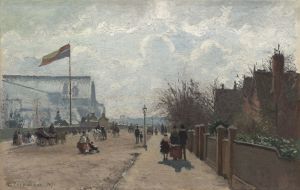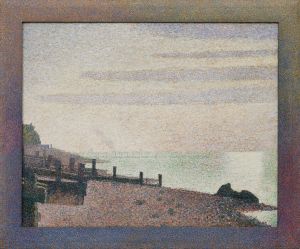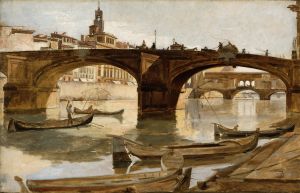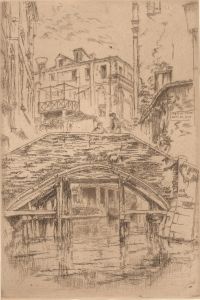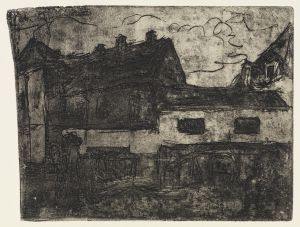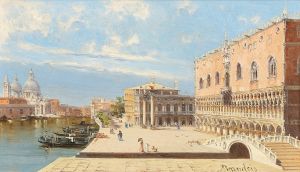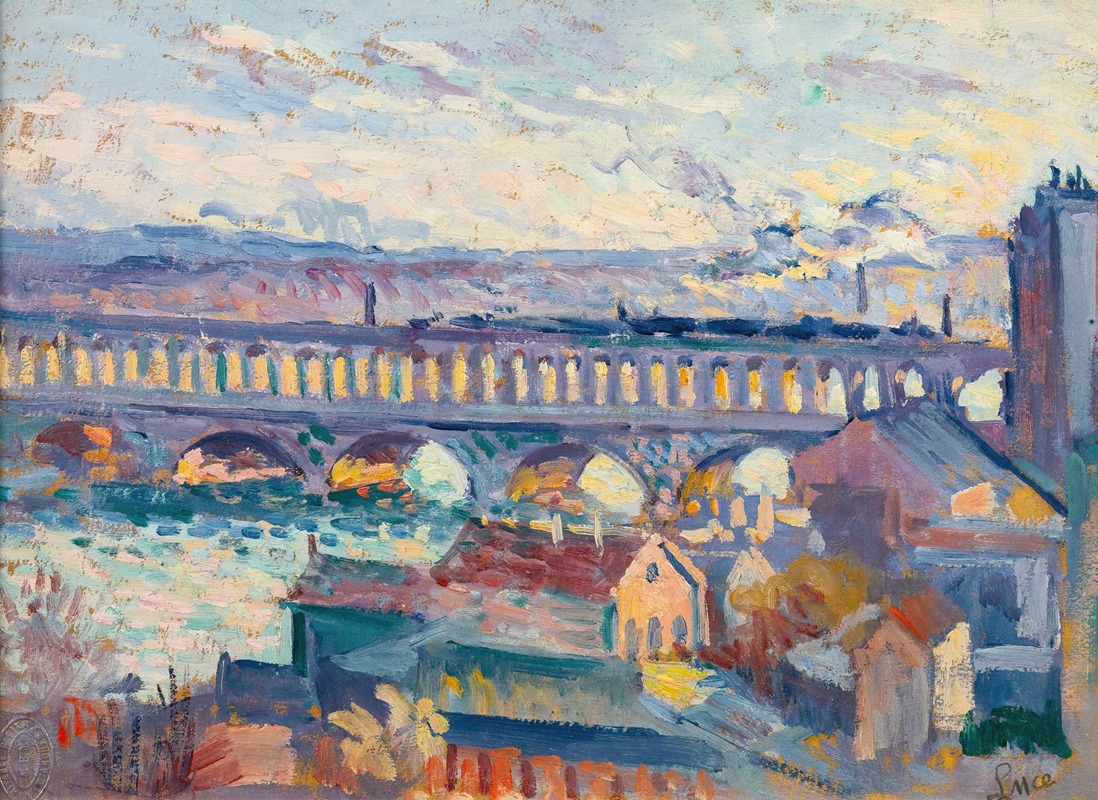
Vue Sur Le Viaduc D’auteuil
A hand-painted replica of Maximilien Luce’s masterpiece Vue Sur Le Viaduc D’auteuil, meticulously crafted by professional artists to capture the true essence of the original. Each piece is created with museum-quality canvas and rare mineral pigments, carefully painted by experienced artists with delicate brushstrokes and rich, layered colors to perfectly recreate the texture of the original artwork. Unlike machine-printed reproductions, this hand-painted version brings the painting to life, infused with the artist’s emotions and skill in every stroke. Whether for personal collection or home decoration, it instantly elevates the artistic atmosphere of any space.
Maximilien Luce was a prominent French Neo-Impressionist painter known for his vibrant depictions of urban and rural scenes. One of his notable works is "Vue Sur Le Viaduc D’auteuil," which translates to "View of the Auteuil Viaduct." This painting exemplifies Luce's mastery of the Pointillist technique, a style characterized by the application of small, distinct dots of color that are applied in patterns to form an image.
Luce was born in Paris in 1858 and initially trained as an engraver before turning to painting. He became associated with the Neo-Impressionist movement, which was pioneered by Georges Seurat and Paul Signac. This movement was an evolution of Impressionism, focusing on the scientific study of color and light. Luce's work often captures the dynamic energy of urban life, and "Vue Sur Le Viaduc D’auteuil" is no exception.
The Auteuil Viaduct, located in the western suburbs of Paris, was an important architectural structure during Luce's time. It was part of the Petite Ceinture, a circular railway line that connected various parts of Paris. The viaduct itself was a symbol of modernity and industrial progress, themes that fascinated many artists of the period. Luce's depiction of the viaduct is not just a representation of a physical structure but also an exploration of the interplay between nature and human-made constructions.
In "Vue Sur Le Viaduc D’auteuil," Luce employs his characteristic Pointillist technique to capture the scene with a sense of vibrancy and movement. The painting likely features the viaduct set against a backdrop of the surrounding landscape, with the meticulous application of color dots creating a shimmering effect that suggests the changing light and atmosphere. This technique allows the viewer's eye to blend the colors optically, resulting in a more luminous and dynamic image.
Luce's choice of subject matter reflects his interest in the everyday life of Paris and its environs. By focusing on the Auteuil Viaduct, he highlights the intersection of nature and technology, a common theme in his work. The painting can be seen as a celebration of modernity while also acknowledging the beauty of the natural world.
Throughout his career, Luce remained committed to the ideals of the Neo-Impressionist movement, emphasizing harmony, balance, and the scientific study of color. His works, including "Vue Sur Le Viaduc D’auteuil," are celebrated for their technical precision and their ability to convey the vibrancy of life in late 19th and early 20th century France.
Maximilien Luce's contributions to art extend beyond his paintings. He was also known for his political activism, particularly his involvement with anarchist movements. His art often reflected his social and political beliefs, portraying the working class and urban landscapes with empathy and insight.
"Vue Sur Le Viaduc D’auteuil" remains an important piece within Luce's oeuvre, exemplifying his skill as a painter and his commitment to capturing the essence of his time. The painting is a testament to Luce's ability to blend artistic innovation with a keen observation of the world around him, making it a significant work in the study of Neo-Impressionism and the broader context of art history.





